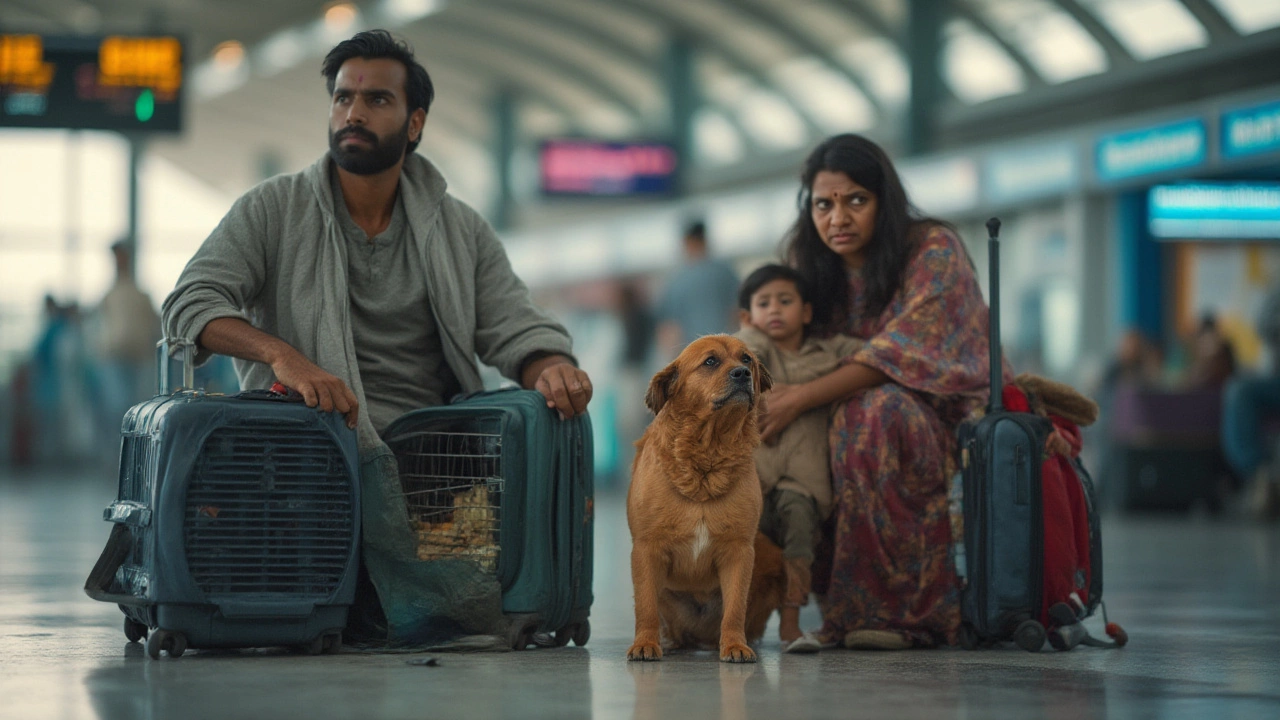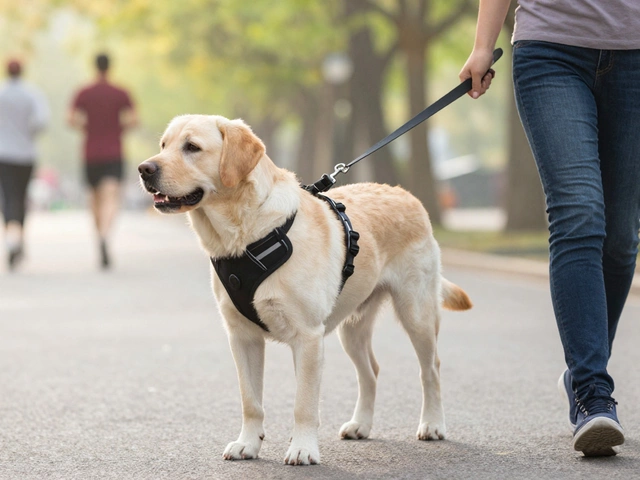Dog Air Travel: How to Fly Safely with Your Pup
Planning a trip and want your dog to come along? Flying with a dog can feel scary, but with the right steps it’s pretty straightforward. First, check which airlines let dogs in the cabin and which only take them in cargo. Knowing the rules early saves you a lot of last‑minute stress.
Cabin vs Cargo: Choosing the Right Option
If your dog is small enough (usually under 15‑20 pounds) most carriers will let it sit under the seat in a carrier that fits the airline’s dimensions. The cabin is the safest spot because your pet stays with you and you can keep an eye on temperature and noise.
For larger dogs you’ll need to use cargo. Not all cargo holds are the same—some are climate‑controlled and pressure‑regulated, others are not. Look for airlines that specifically label their pet cargo area as “temperature‑controlled” and read recent reviews from other dog owners. Also, book early; cargo space fills up fast.
Pre‑Flight Prep: Health, Paperwork, and Packing
Visit the vet at least a week before the flight. Ask for a health certificate that’s valid for the airline’s required time frame (often 7‑10 days). Make sure vaccinations are up to date and discuss any anxiety medication if your dog gets nervous.
Paperwork is a big part of the process. Besides the health certificate, you’ll need a copy of your dog’s vaccination records and a recent photo for identification. Some airlines also require a microchip scan or a pet passport if you’re traveling internationally.
Pack a travel kit: a sturdy carrier that meets airline size limits, a collapsible water bowl, a few days of food, and a favorite blanket or toy. Put a label on the carrier with your contact info, your dog’s name, and any special instructions (e.g., “needs medication at 2 PM”).
On the day of travel, arrive at the airport early—at least two hours before a domestic flight and three for international. This gives you time to check in, drop off any cargo paperwork, and handle security without rushing.
When you go through security, you’ll take the carrier out of the X‑ray machine while your dog walks through the metal detector on a leash. Keep a calm voice and reassure your pup; they’ll pick up on your vibe.
During the flight, keep the carrier under the seat in front of you if it’s a cabin flight. Offer water during layovers, but avoid feeding a large meal right before takeoff to reduce motion sickness. A small chew toy can help distract a nervous dog.
If you’re using cargo, try to book a direct flight to minimize handling. Once you arrive, pick up your dog as soon as you can and check them for signs of stress or overheating. Let them stretch, drink water, and have a quick bathroom break.
Finally, remember that every dog is different. Some love the buzz of an airplane, others get anxious. Pay attention to your pet’s cues and adjust your plan if needed. With a bit of prep and the right carrier, you and your dog can enjoy a smooth, stress‑free journey together.

Is Flying in Cargo Traumatic for Dogs? What Every Owner Needs to Know
Worried about dogs flying in cargo? Discover science-backed truths, common risks, coping strategies, and must-know tips so you can make smart choices for your pup.
read more



